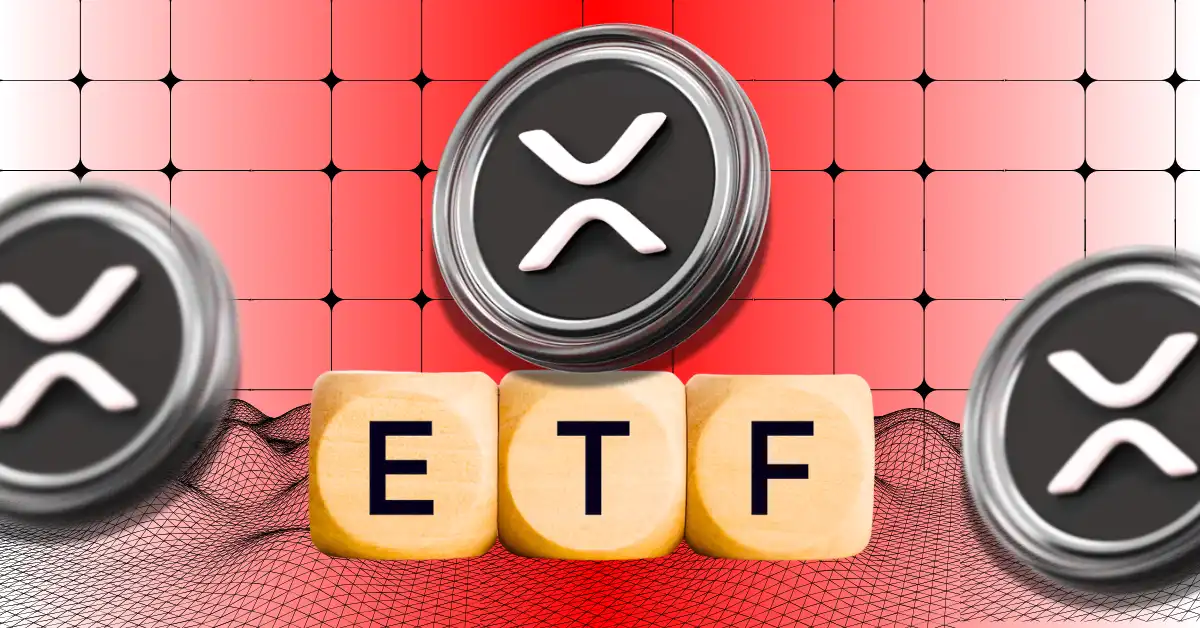- The U.S. Senate voted to end the longest government shutdown, triggering optimism across markets.
- The reopening restores operations at key agencies like the SEC, CFTC, and OCC, enabling renewed activity on crypto ETFs.
- Canary Capital’s XRP Spot ETF could debut Thursday on Nasdaq under automatic approval rules.
The U.S. Senate voted Sunday night to invoke cloture on a funding measure to reopen the federal government, signaling the end of the longest shutdown in American history.
The move came after a bipartisan agreement between Democrats and Republicans to fund the government through January 30, roll back recent federal layoffs, and schedule a December vote on extending Affordable Care Act tax credits.
By invoking cloture, a procedural step requiring 60 votes to advance legislation, senators effectively broke the weeks-long deadlock. If the measure passes in a final vote, the House, which has been in recess since the shutdown began, is expected to reconvene and pass the bill, putting the government on track to reopen by the end of the week.
Crypto Markets Rally on Reopening Hopes
News of the Senate breakthrough immediately lifted crypto markets, which had been under pressure during the shutdown.
Bitcoin rose over 3.6% to $106,486, Ethereum, the second-largest cryptocurrency, gained over 4.65% to $3,615, and Ripple’s XRP surged 12.33% to $2.56, extending a three-day rally ahead of its highly anticipated spot ETF debut.
The rebound followed a weak week for digital assets, characterized by declining retail volume, outflows from ETFs, and broader risk-off sentiment in tech and AI stocks. The reopening deal appears to have restored confidence across markets, with investors betting on renewed government stability and regulatory progress.
Also Read: Pundit Says “Own XRP or Get Left Behind,” Here’s Why
SEC and Regulatory Agencies Back in Action
The government reopening will also reactivate critical federal agencies, including the SEC, which has been largely dormant during the shutdown. Analysts expect a flurry of activity in the coming weeks as the agency resumes ETF processing, enforcement reviews, and potential new rulemakings.
This could also revive discussions around the “innovation exemption” floated by SEC Chair Paul Atkins, a proposal that would allow crypto projects to experiment under limited oversight before formal regulation is established.
Other key financial watchdogs, such as the CFTC and OCC, are also expected to resume operations, potentially clearing backlogs that have stalled digital asset initiatives.
What It Could Mean for XRP
The reopening of the government comes at a critical juncture for XRP, as Canary Capital’s XRP Spot ETF could debut on Nasdaq this Thursday. The firm recently amended its S-1 filing, removing the “delaying amendment” that gives the SEC discretion over approval timing.
Under Section 8(a) of the Securities Act of 1933, filings automatically become effective 20 days after submission unless explicitly delayed, a path used by Bitwise and Grayscale to launch their Solana ETFs last month.
If Nasdaq approves the listing on schedule, the $XRPC ETF could launch at 9:30 AM ET Thursday, marking the first XRP-backed ETF in the U.S.
However, given the timing of the reopening, regulatory uncertainty remains. As Bloomberg ETF analyst Eric Balchunas noted, the XRP ETF filings did not undergo the traditional comment exchange with the SEC, suggesting regulators may already view them as compliant.
Interesting.. Altho XRP docs didn’t have the same comments back-and-forth with the SEC that Solana had. That was one reason issuers was felt they were ready. But hey, worth a try I guess. https://t.co/SqaQx6kuiA
— Eric Balchunas (@EricBalchunas) October 30, 2025
Should the SEC remain partially inactive this week, the ETF could still go live automatically under the statutory waiting rule.
A Defining Moment for XRP’s Institutional Era
If successful, the XRP ETF would mark a historic milestone for the world’s third-largest cryptocurrency by market cap (excluding stablecoins), long shadowed by its legal battle with the SEC.
The listing would further validate XRP’s role as a regulated, institution-ready asset, supporting Ripple’s ongoing mission to power cross-border payments and liquidity infrastructure for global finance.
With the U.S. government reopening and regulatory agencies returning to full function, momentum around XRP’s mainstream integration is accelerating, and Thursday’s potential ETF debut could become a defining event in its evolution from litigation to legitimacy.
Also Read: DTCC Lists Five Spot XRP ETFs as Market Awaits Possible Launch Later This Month
